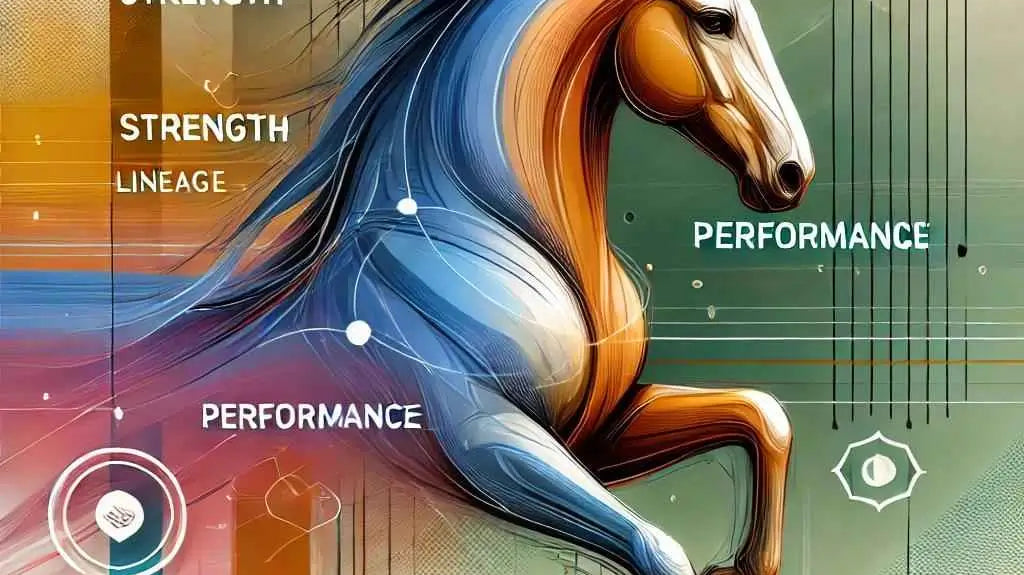When it comes to purchasing a horse, it's more complex than just picking a favorite. Pre-purchase examinations (PPEs) are vital to ensure your horse isn't just a beauty but a beast in terms of health and soundness. Among the debated aspects of a PPE is the use of neck X-rays, a recent study however provides some food for thought on this matter.
Throwing a Curveball at Neck X-rays
The study in question, conducted by researchers at the Royal Veterinary College (RVC), concludes that there is almost no evidence to support the inclusion of neck X-rays in routine PPEs. Rupert Freddie Dash, who led the study, had aimed to examine the clinical importance of these neck X-rays among a set of clinically normal horses.
The study used an impressive sample of data, drawn from 1,128 horses! The X-ray results of these horses were scrutinized by the researchers, tying these in with the horses' performance. It seemed that the X-ray abnormalities mostly amounted to "unknown or low significance". In layman's terms, your horse could still gallop just fine even if your vet found abnormalities in its neck X-ray.
Subclinical Abnormalities: Slow Trotters or Swift Gallopers?
The RVC study doesn't stop there; it continues to challenge our assumptions about subclinical abnormalities as well. According to the data, there was very little or "minimal evidence" showing a progression regarding such abnormalities in these X-rays. Even if these abnormalities did exist, they wouldn't affect your horse's performance or slow down their gallop over time.
Neck Vs Limb X-rays: A Horse Race
A worthy topic to explore further is a neck-to-neck (or neck to limb, if you want to be literal) comparison between neck and limb X-rays in the PPEs. Would a horse's limb provide more useful information as compared to its neck? This could help tip the scales in this ongoing debate.
Portable X-Ray Machines: Strength, or Achilles Heel?
Another factor to contemplate is the limitations of portable X-ray machines employed in clinical conditions. These are commonly used owing to their convenience, but their image quality can't exactly match up to stationary machines. Therefore, could this difference in image quality affect the reliability and accuracy of neck X-ray results?
Looking Ahead: Far More than a Neck-Turner
While the RVC study does cast doubts on the usefulness of neck X-rays in PPEs, there are clearly multiple strands that require further investigation. The relevance between a horse's performance and neck conditions is still a largely open-ended question. Similarly, the potential effects of the subclinical abnormalities need to be considered over a long-term horizon.
In conclusion, this study should be viewed as the starting gate for a new race in understanding the complexity of equine health assessments. It shouldn’t be the finish line.




